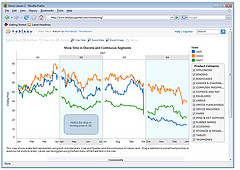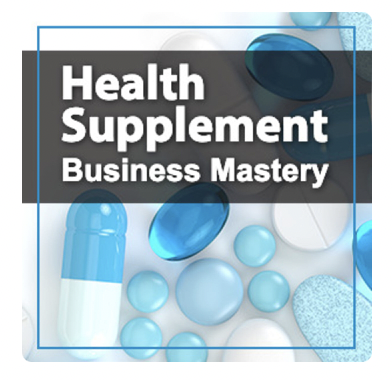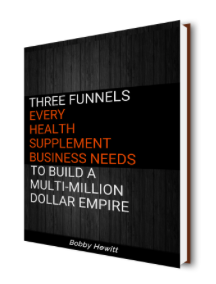 If you’re not using web analytics to continuously learn and improve your website’s marketing results you’re marketing with a bag over your head.
If you’re not using web analytics to continuously learn and improve your website’s marketing results you’re marketing with a bag over your head.
The problem with analytics in most companies is that they don’t know what to do with all the data they can pull from the plethora of robust web analytics vendors on the market.
Where should online marketers start? Page views, unique visitors, leads, top exit pages, etc. It can all be overwhelming and daunting just to stay on top of and report much less use all of that information to improve your marketing results and be the superstar of the next management meeting.
The data in and of itself is useless, unless you:
- Establish Key Performance Indicators that are aligned with your unique business bottom line goals.
- Have a plan to produce measurable results that you can track with your web analytics tool of choice.
Key Performance Indicators (KPI’s) allow you to see at a glance the current state of your web site as it relates to your specific business. Each business is different and requires a unique set of KPI’s that are relevant to achieving the business objectives you’re accountable for.
If you’re managing your online marketing to gain the most bang for your buck, your KPI’s will be directly tied to a continuous improvement process. First measure your current situation then make changes and measure again until you achieve your desired results. As long as you structure your improvements properly you will learn something that can be applied to the bigger picture and change your next iteration for improvement. Tracking your metrics against current conditions and changing the direction over time to increase your results is what every Internet marketer should be striving for.
Success in optimizing your web site is based on incremental and constant improvements. A website, unlike print collateral is never really finished. Web design is organic and flows back and forth constantly improving and learning from your unique visitors.
Your plan to produce measurable results will always come down to proper testing methodology and lead you back to designing for conversion. When done properly, the art and science of conversion rate design guides your users, by taping into human behavior to motivate and influence your visitors to take action that is measurable.
Designing for conversion rate does this in two ways
- Visual conversion rate design successfully guides your visitors through your site by using persuasive principals to compel visitors to take more action more often. Some ways visual persuasion accomplishes this is by removing roadblocks, improving visual communication and enhancing the usability of your site resulting in a better user experience with your company brand and your website.
- Verbal conversion rate design provides the right content at the right time in the right way to effectively encourage visitors to take action on your site. Content on your site designed around a persuasive path touches on a visual mental image within the imagination of your prospects. Compelling verbs, attention-grabbing nouns and spell binding adjectives will pull your readers through a persuasive pathway, at each step bringing them closer to closing the action that meets your business goals.
Businesses today can no longer separate design from conversion. They are both one in the same lying on the backbone of web measurement and continuous incremental improvement.
Photo credit: Courtney Bolton via Flickr
Discover the 3 funnels that can help your health supplement business succeed.

Listen to the Health Supplement Business Mastery Podcast for for dietary supplement entrepreneurs and marketers.




Thanks for spreading the word.